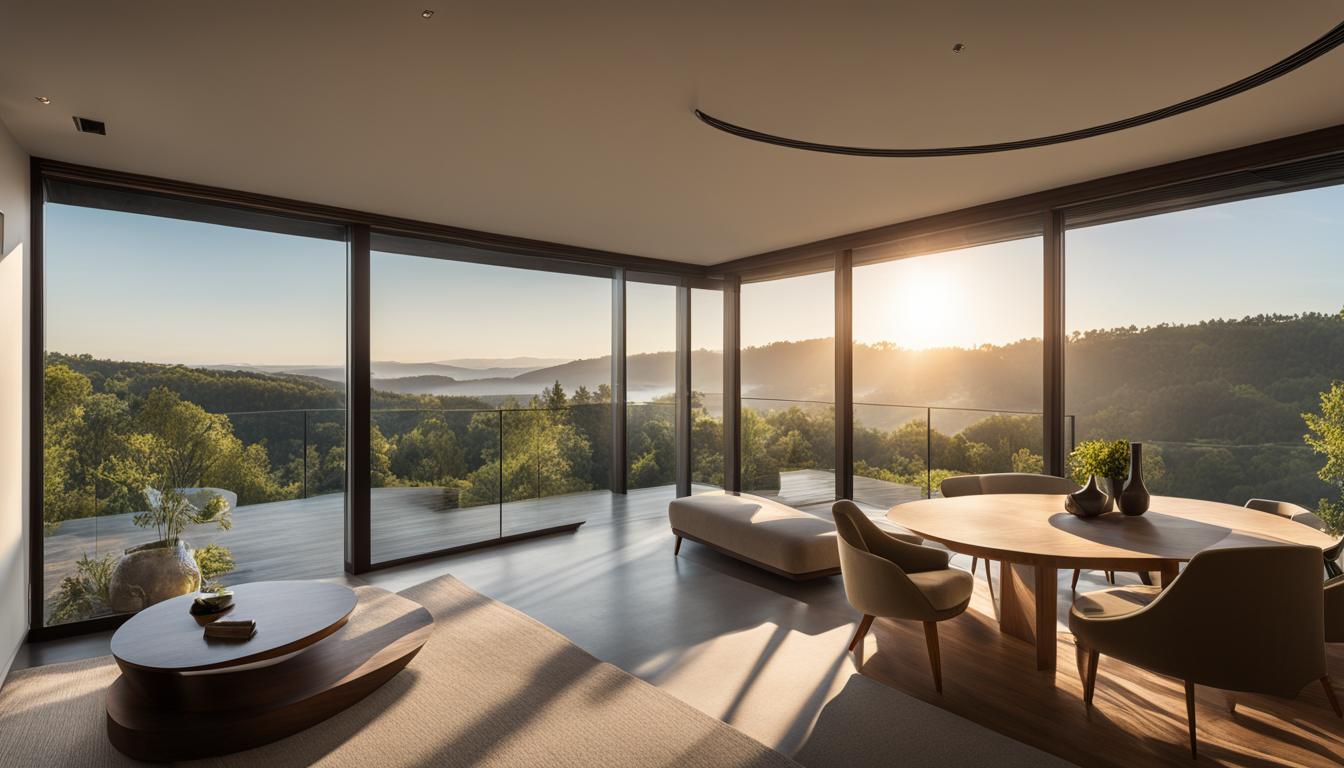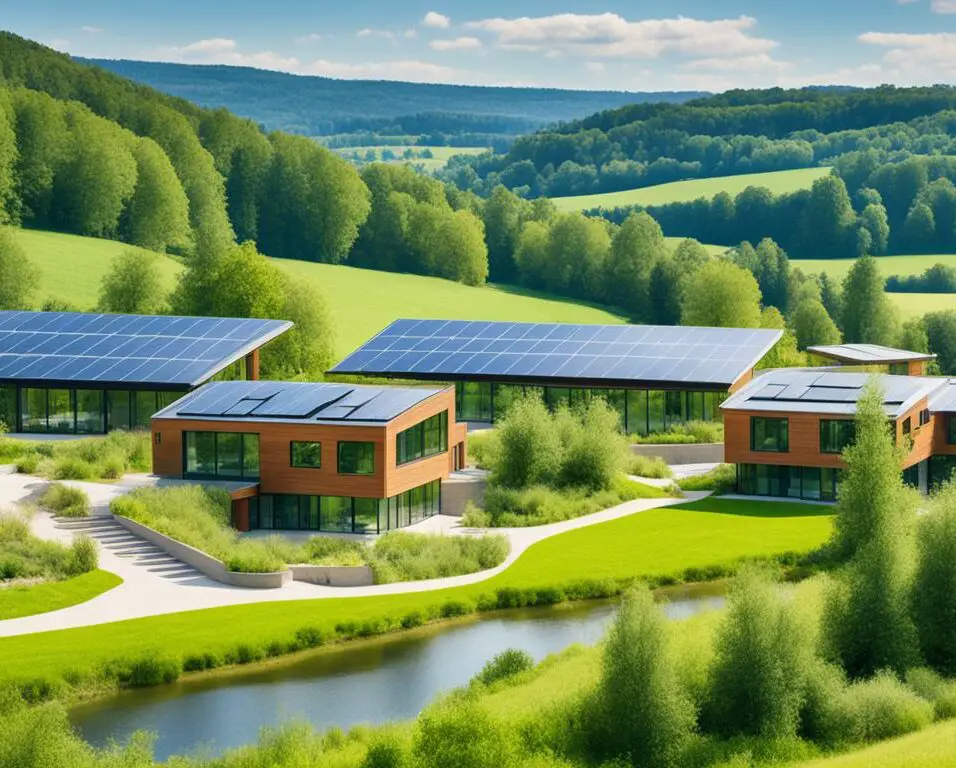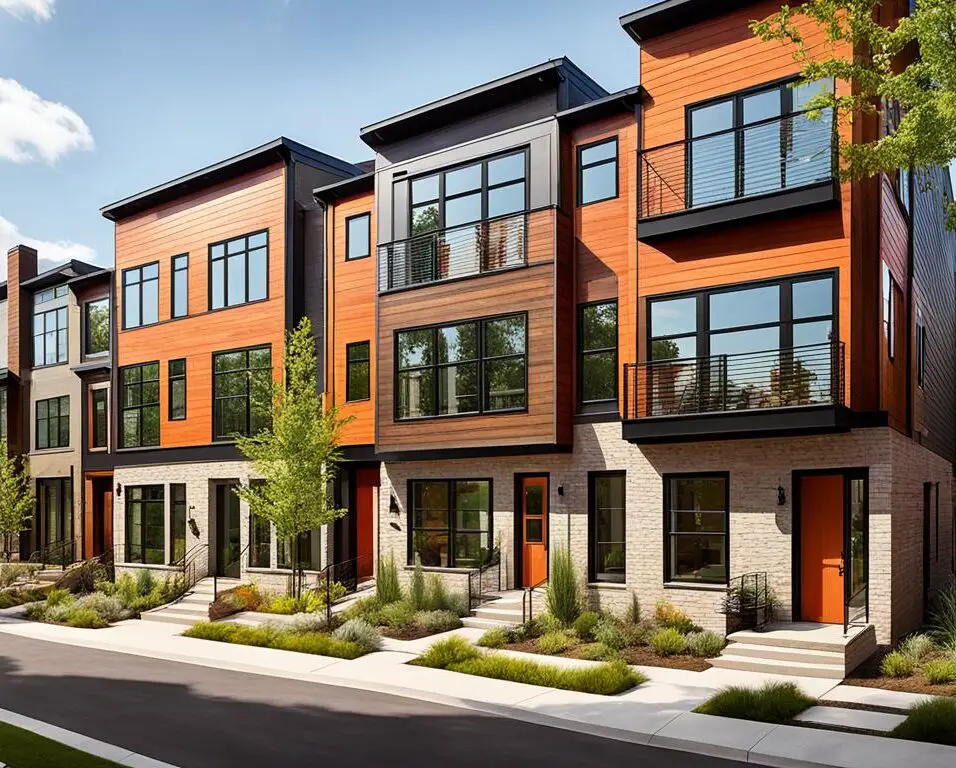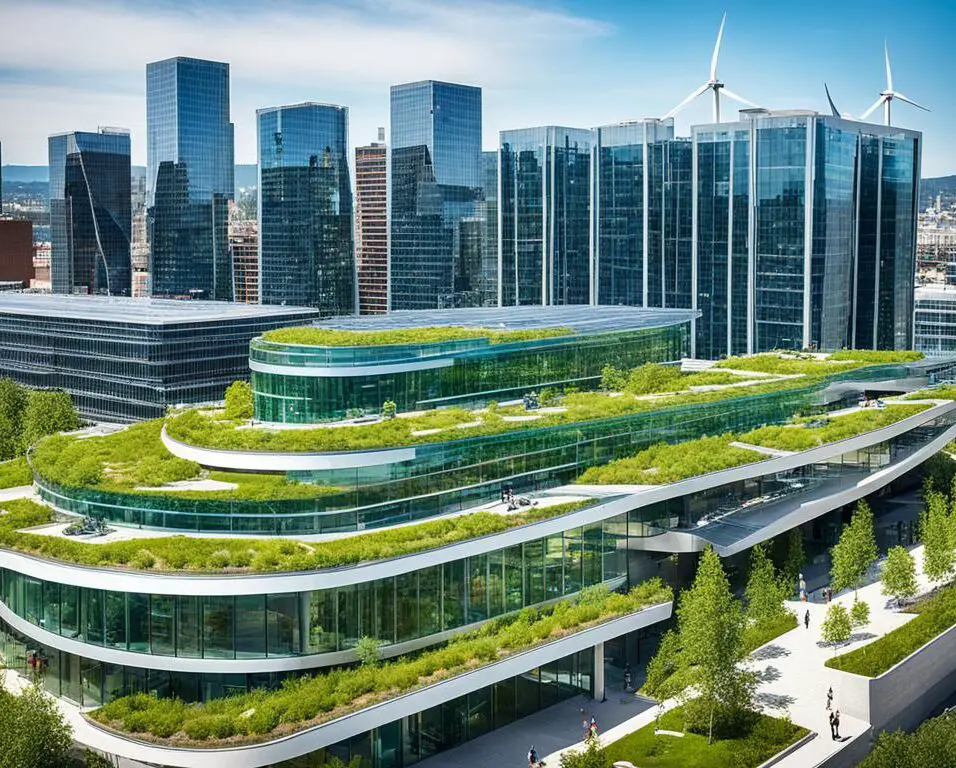How Natural Light Architecture Can Transform Your Home
As a homeowner, I have always been interested in creating a living space that is both beautiful and functional. Recently, I stumbled upon the concept of natural light architecture and was intrigued by its potential to completely transform a home. Natural light architecture, as the name suggests, is a design approach that harnesses the power of natural light to enhance the ambiance and overall design of a space. Through strategic placement of windows, skylights, and reflective surfaces, this design concept can not only provide ample lighting but also bring a touch of nature indoors.
When I first learned about natural light architecture, I was captivated by the idea of creating harmonious living spaces that seamlessly blend with the outdoors. The thought of waking up to sunlight streaming in through large, strategically placed windows or relaxing in a cozy reading nook bathed in natural light instantly appealed to me. But natural light architecture offers more than just aesthetic benefits; it also has practical advantages that can greatly improve the quality of living in a home.
One of the key advantages of incorporating natural light architecture into your home is the energy efficiency it offers. With the right design and placement of windows and skylights, you can significantly reduce the need for artificial lighting during the day, leading to lower energy consumption and cost savings. Additionally, the use of natural light can create a sense of spaciousness and vibrancy in your home, making it feel more open and inviting. But the benefits of natural light architecture go beyond aesthetics and energy efficiency.
Numerous studies have shown that exposure to natural light has a positive impact on our well-being. Natural light can enhance our mood, boost productivity, and regulate our body’s natural circadian rhythm, leading to better sleep patterns. Moreover, natural light can highlight the architectural features and interior design elements of your home, creating beautiful focal points and adding visual interest to the space. It also blurs the boundaries between indoor and outdoor areas, allowing for a greater connection with nature.
Key Takeaways
- Natural light architecture harnesses the power of natural light to enhance the ambiance and design of a home.
- Strategic placement of windows, skylights, and reflective surfaces can maximize the benefits of natural light.
- Natural light architecture offers energy efficiency, improved well-being, and enhanced visual appeal.
- Natural light can create a sense of spaciousness, boost mood and productivity, and regulate the body’s circadian rhythm.
- It also highlights architectural features, interior design elements, and creates a seamless connection with the outdoors.
Benefits of Natural Light Architecture
Incorporating natural light architecture into your home offers numerous benefits. Firstly, natural light is a sustainable lighting source, reducing the need for artificial lighting and lowering energy costs. By making the most of the available natural light, homeowners can minimize their ecological footprint while enjoying a well-illuminated living space.
Moreover, natural light has a transformative effect on the aesthetics of your home. It enhances the visual appeal by making the space look more spacious, vibrant, and inviting. The play of light and shadow adds depth, texture, and dynamism to the architectural features, creating a visually captivating atmosphere.

Positive Effects on Well-being
Natural light can have a profound impact on our well-being. Studies have shown that exposure to natural light can boost mood, improve concentration and focus, and regulate our body’s natural circadian rhythm. By aligning our indoor lighting with the natural light cycle, we promote healthier sleep patterns and overall well-being.
Highlighting Architectural Features and Design Elements
In addition to its impact on well-being, natural light can showcase and enhance the beauty of architectural features and interior design elements. The interplay of light and shadow can accentuate textures, shapes, and materials, bringing them to life. Large windows or skylights strategically positioned can create stunning focal points and draw attention to specific areas, creating a captivating visual experience for residents and visitors alike.
Seamless Indoor-Outdoor Connection
Natural light architecture enables a seamless connection between the indoor and outdoor spaces, blurring the boundaries between the two. A well-designed layout incorporates windows and glass doors that provide unobstructed views of the surrounding landscape, allowing residents to feel connected to nature while being indoors. This connection to the outdoors not only enhances the overall ambiance but also brings a sense of tranquility and serenity.
| Benefits of Natural Light Architecture |
|---|
| Sustainable lighting source |
| Reduces energy costs |
| Enhances visual appeal |
| Boosts mood and well-being |
| Highlights architectural features and design elements |
| Creates a seamless indoor-outdoor connection |
Design Principles of Natural Light Architecture
When implementing natural light architecture, considering the following design principles is crucial to optimize the use of natural light:
- The placement and size of windows:
Strategic placement and sizing of windows can maximize the entry of natural light into a space. North-facing windows provide a consistent and even illumination throughout the day, while south-facing windows allow for more direct sunlight. East-facing windows are ideal for capturing morning light, while west-facing windows bring warm afternoon light. The location and orientation of windows should be considered based on the specific needs of each space.
- Skylights:
Skylights are an effective way to bring natural light into areas with limited access to windows, such as basements or interior rooms. By installing skylights strategically, homeowners can introduce daylight from above, creating a dynamic and visually appealing atmosphere.
- Reflective surfaces:
Using reflective surfaces, such as mirrors or light-colored finishes, can help distribute and amplify natural light within a space. These surfaces bounce light around, making the area feel brighter and more expansive. Placing mirrors strategically across from windows can also help to reflect light deeper into the room.
- Natural light and privacy:
Striking a balance between natural light and privacy is essential. Incorporating window treatments, such as curtains or blinds, allows control over the amount of light entering the space. Alternatively, utilizing frosted or textured glass for certain windows can maintain privacy while still allowing natural light to filter through.
The application of these design principles can vastly enhance the impact of natural light architecture, creating spaces that are not only aesthetically pleasing but also promote a sense of well-being and connection with the outdoors.
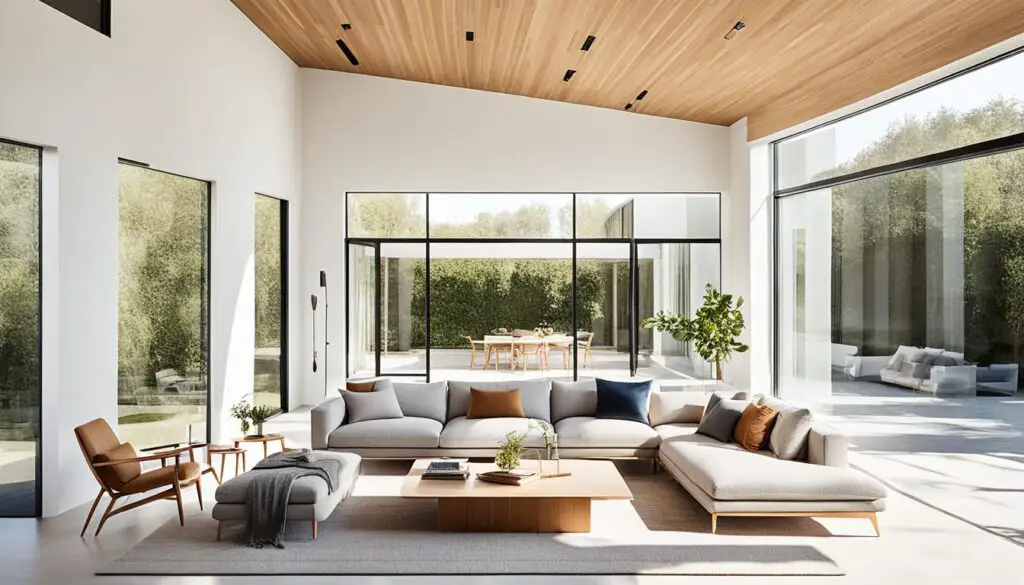
Conclusion
In conclusion, natural light architecture is a design concept that harnesses the power of natural light to transform homes. By strategically incorporating windows, skylights, and reflective surfaces, homeowners can create spaces that not only enhance visual appeal but also promote energy efficiency and improved well-being.
Embracing natural light not only helps reduce reliance on artificial lighting but also creates a seamless connection between indoor and outdoor spaces, allowing homeowners to enjoy the beauty of nature from the comfort of their own homes.
By following the principles of natural light architecture, such as considering the placement and size of windows, homeowners can amplify the benefits of natural light. Moreover, balancing natural light with privacy through the use of window treatments ensures a harmonious and functional living space.
With its ability to create a vibrant and inviting atmosphere, natural light architecture is a valuable asset for any home. By embracing this design concept, homeowners can elevate the ambiance and design of their homes, bringing the beauty of the outdoors inside.



